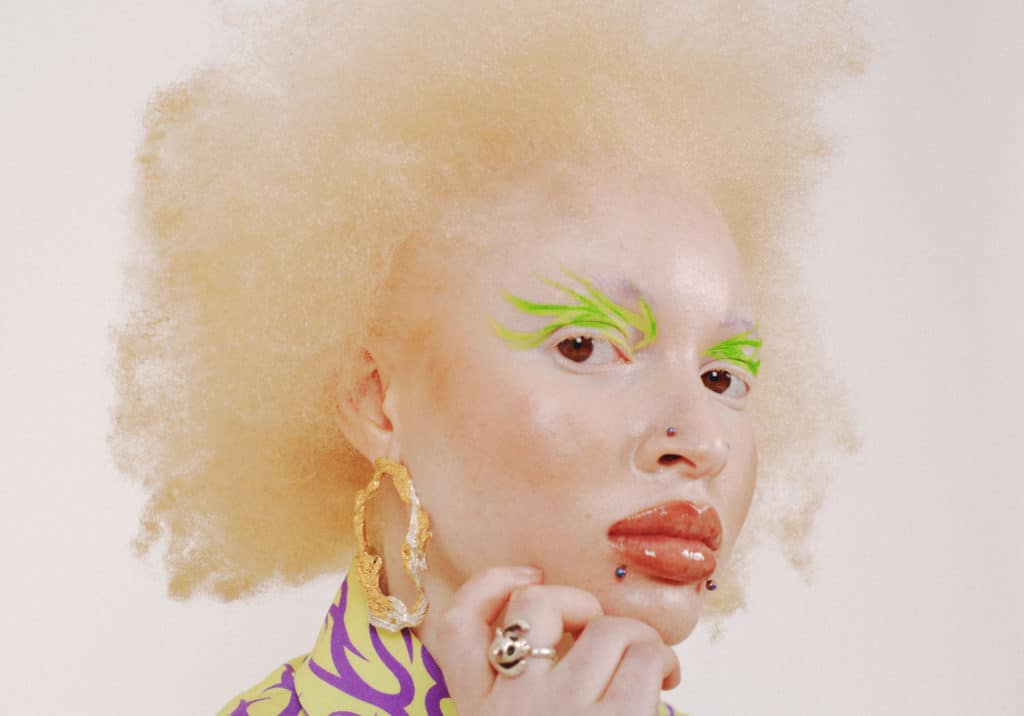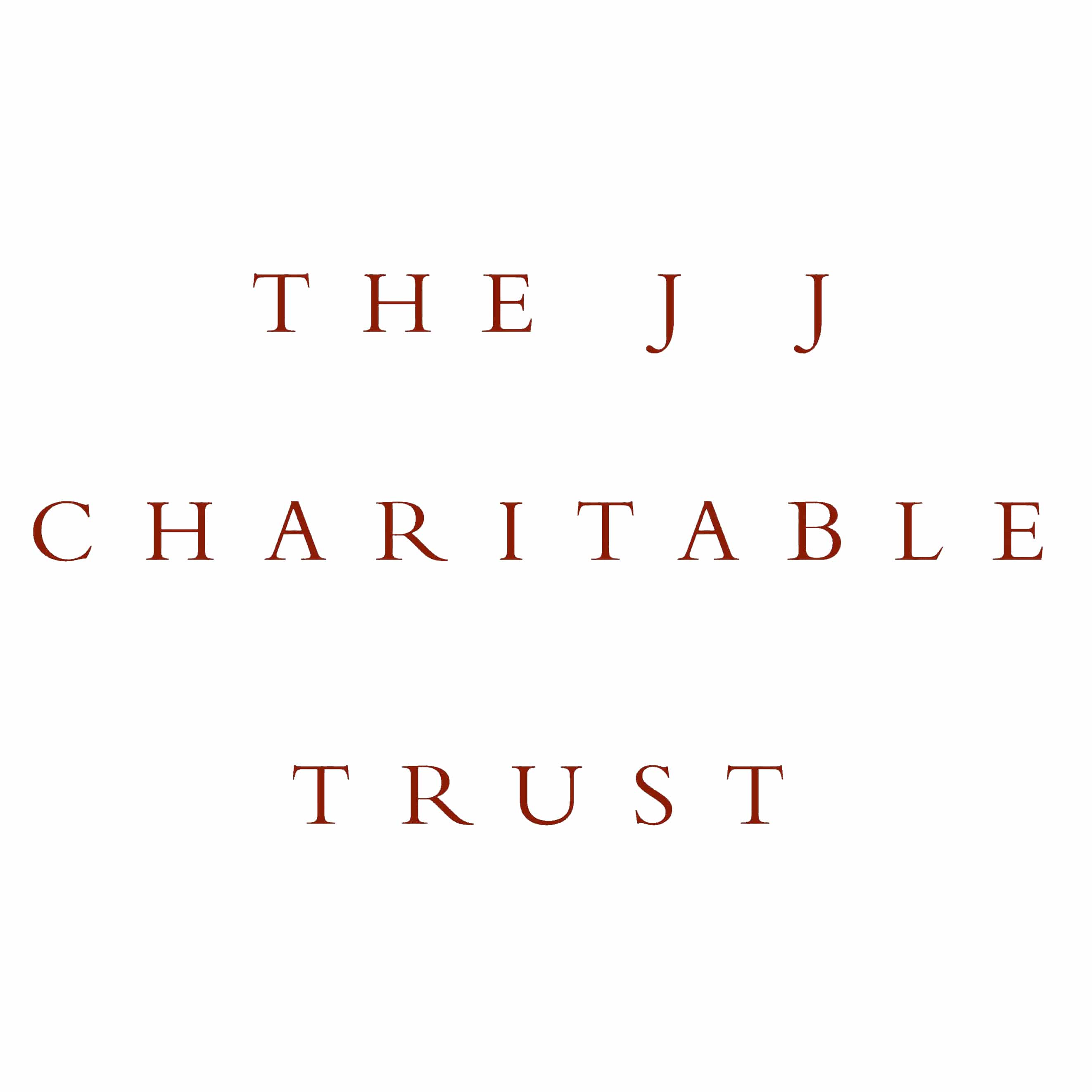United Kingdom (London)
A new generation needs a new generation of media.
Enter GUAP: a media platform that has earned its description as the ‘home of emerging creatives’. Its young, diverse staff and contributors create content that reflects and represents the voice of youth culture – that doesn’t set limits and always champions creativity.
Their years of studying software engineering and accounting quickly showed GUAP’s founders, Ibrahim Kamara and Jide Adetunji, that they weren’t cut out for corporate life. They set out to work on something altogether more creative, and in 2015 launched GUAP – ’Great Understanding And Power’ – as a magazine that would empower young underrepresented creatives.
GUAP started life as the world’s first augmented reality video magazine, with readers using an app to ‘read’ the print magazine and see its static content brought to life as videos. Today, GUAP exists as an online magazine, creative studios and creative agency.
With little education or experience in media and journalism, Ibrahim and Jide’s attitude – neatly summarised by the title of the first edition, Just Go – was to give their idea a try, and learn as they went. This approach is at the heart of what GUAP makes possible, by offering a platform to young talent so they can break through. The likes of rapper J Hus and author Chidera Eggerue (better known as @slumflower), for example, were featured in GUAP before they reached the heights of their later fame.
Terna Jogo, GUAP’s Fashion Editor, explains: “We actively create opportunities for emerging creatives, anyone starting out on the creative journey. A lot of creatives get discouraged because no one cares until everyone cares. We watch out for those people and give them their flowers before it’s popular to do so.”
GUAP’s young team – the youngest 17, the oldest 27 – has little hierarchy. “No one on the team has an ego, we’re all really collaborative when we’re working. For some projects, the youngest person on the team might have the best insights, on other projects someone older might have the most useful experience.”
Terna’s work at GUAP has so far included shooting Nella Rose for the Renaissance edition, an editorial showcasing Ghanaian labels in Accra’s taxi ranks, and a new take on Alice in Wonderland that incorporates African symbolism.

Creative Director & Photographer: Terna Jogo; Stylists: El-Shaddai Nyagodzii & Char Denty; MUA: Danielle Aleshea Mason-Brome; Assistant: Trevor Osaruese Onaiwu
While other media platforms are working to improve their diversity, GUAP is built on the importance of inclusion and representation. “Fashion media is under pressure on these issues, and because of that, they’re using people for aesthetics. They’re using communities they’re not involved in, just to keep up with what’s current. Anyone creating fashion media should try to be authentically involved with the people you’re creating with, reporting on, and featuring.”
Since 2018, GUAP has released ‘The Blacklist’ annually to recognise the work of young Black people in the creative industries and far beyond. 2020’s list – focused on “people and platforms who have displayed innovation, resilience, class, inclusivity and impact in their work” – includes interior designers, historians, educators, athletes and therapists.
Media has a unique power, Terna says, to “connect people, and help people not to feel alone. People can see an image or article and think, ‘no one that lives near me does this, but oh my gosh I’ve just seen this person doing something I never imagined was possible – and they’re real and they’re alive! If they’re doing it then I can do it.’”
Traditional fashion media often, she adds, “tells you how you should feel about yourself, who you should be, what you should think. That’s been its purpose. But it should inspire you to go out and figure that out for yourself.”
With this in mind, Terna is now looking to create imagery that is more relatable and, in turn, inspirational. “I’m going to be moving away from doing editorials and coming up with concepts, to focus more around people. That is fashion for me. It’s not about an abstract concept any more. It’s about putting real people – not necessarily models – in clothes that mean something.”
She takes inspiration from photographers like Tyler Mitchell, whose book I Can Make You Feel Good portrays fashion photography-style images of Black people enjoying life – walking in the park, going to the cinema – as an antidote to the trope of Black people striving and the pressure for excellence.
“People want to connect to people,” Terna says. “And I want to make everyone feel seen.”

Creative Director & Photographer: Terna Jogo; Stylist: Amie Rodriguez; MUA: Wendy Asamadu
AtlasAction: Get stuck into GUAP’s stories and features on music, fashion and arts & culture, and follow them on Twitter, Instagram and Youtube.
Header image: Creative Director & Photographer: Terna Jogo ; Stylist: Grace Omondi; MUA: Karla Quiñonez Leon; Assistant: Shenell Kennedy
Bio
Nature-geek, urban forager and all-round wordy sort. Freelance writer for organisations that care about the future. Often found reading while walking.
Project leader
Ibrahim Kamara & Jide Adetunji, Co-founders; Terna Jogo, Fashion Editor
Partners
This project has been selected as part of FashionFutures, a new content channel that maps the work of people transforming the fashion sector: the designers, craftspeople, social innovators, educators, community leaders and communicators. Atlas of the Future is excited to partner with Makerversity, with the support of The J J Charitable Trust and their network of fashion friends.
Support the Atlas
We want the Atlas of the Future media platform and our event to be available to everybody, everywhere for free – always. Fancy helping us spread stories of hope and optimism to create a better tomorrow? For those able, we'd be grateful for any donation.
- Please support the Atlas here
- Thank you!

Creative Director & Photographer: Terna Jogo; Stylist: Grace Omondi; MUA: Karla Quiñonez Leon; Assistant: Shenell Kennedy

Creative Director & Photographer: Terna Jogo; MUA: Fey Carla; Hair Stylist: Sam Koroma; Model: Sarah Abshir



